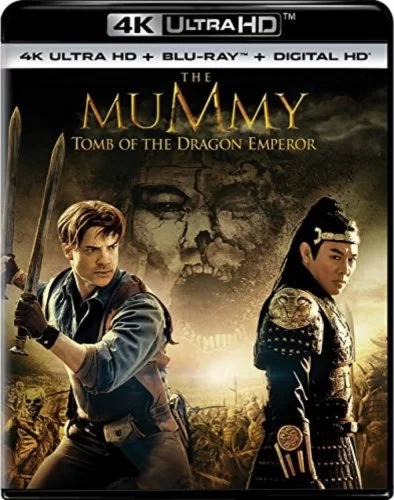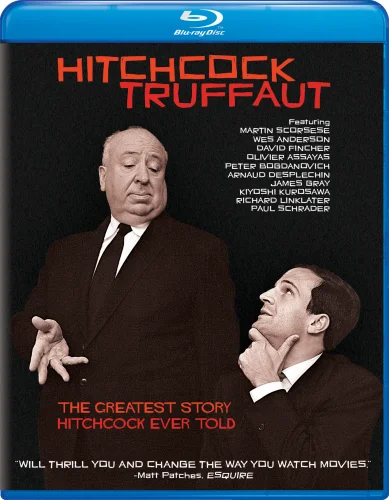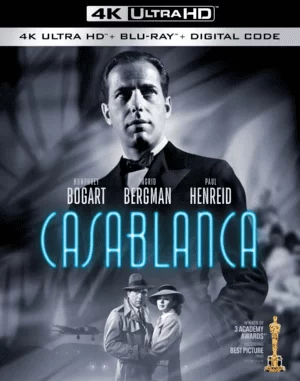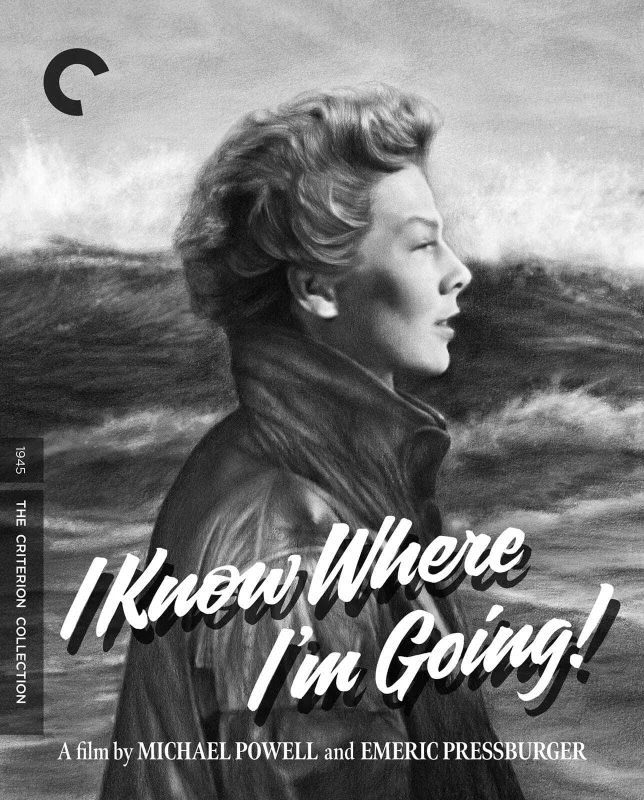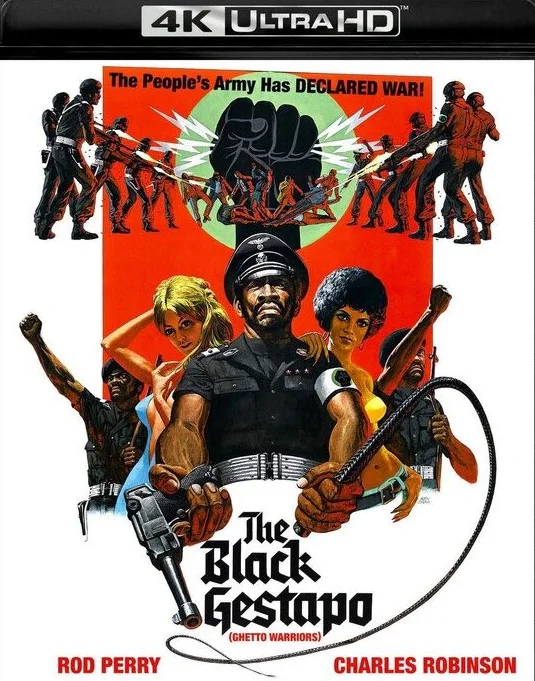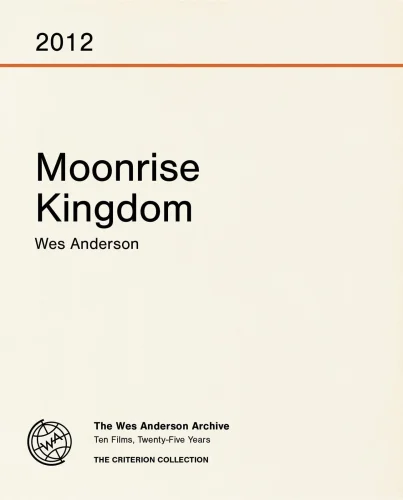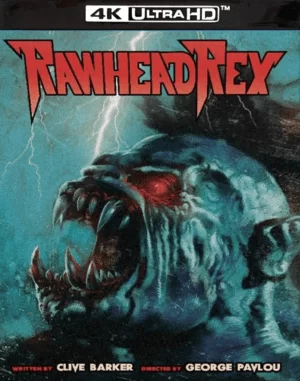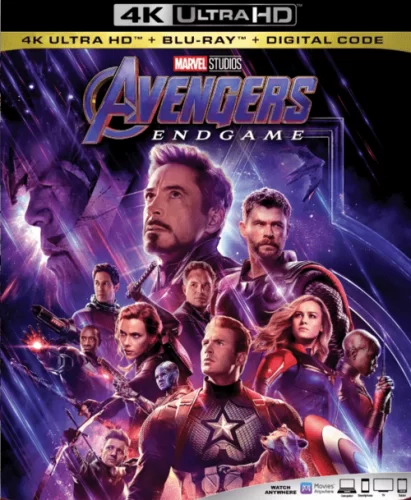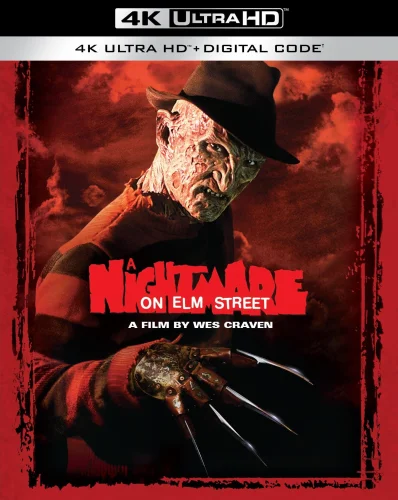
Resolution: Native 4K (2160p)
HDR: HDR10
Aspect ratio: 1.85:1
Original aspect ratio: 1.85:1
Audio
#English: DTS-HD Master Audio 2.0
#French: Dolby Digital 1.0
#German: Dolby Digital 1.0
#Italian: Dolby Digital 1.0
#Spanish (Latino): Dolby Digital 1.0
#Spanish: Dolby Digital 1.0
Subtitles
A Nightmare on Elm Street 4K 1984
Director: Wes Craven
Actors: Heather Langenkamp, Johnny Depp, Robert Englund, John Saxon, Ronee Blakley, Amanda Wyss, Jsu Garcia, Charles Fleischer, Joseph Whipp, Lin Shaye, Joe Unger, Mimi Craven, Jack Shea, Ed Call, Sandy Lipton, David Andrews, Jeff Levine, Donna Woodrum
Tags:: Horror
In every genre, there are seminal films. If we want to find the roots of youth horror, we have to go back to the late 1970s and early 1980s. Taking a leap back in time, sooner or later we'll stumble upon “Halloween,” “Friday the 13th,” and “A Nightmare on Elm Street.” Each of these movies has been bombarded with endless sequels. But while the first of the aforementioned films is in many ways the progenitor of the genre as it has come and gone over the past thirty years; Nightmare was the necessary impetus for a new round of youth horror films in the mid-1980s.
Wes Craven chose a completely win-win idea for his movie: people have always tried to interpret and explain their dreams. What if a dream develops into something big? What if you die in a dream, do you also die in the real world? No matter what nightmare we have, we always wake up moments before something bad and irreparable happens to us. But what happens if we can't wake up? What if our dreams are controlled by someone else?
Almost any movie of this genre can be divided into three acts. The first is a game with the viewer until the moment when the killer appears in all his maniacal glory. Here it is important to intrigue the viewer, to throw him a bait for the inevitable viewing of the remaining timing. At first Craven prefers not to show Fred Krueger, but only looks at him furtively: an eye glimpse, a glove with claws, a voice-over. The viewer is intrigued.
When the spectacular first murder has taken place (Tina's crawling on the ceiling and her subsequent gutting was extremely memorable), and the maniac is introduced to the audience, the director has an even more difficult task: not to lose the intrigue and tension on the way to the finale. Wes has created the effect of unrelenting paranoia and erased the line between reality and dream. The longer Nancy stays awake, the more fear builds in her, the more the audience is immersed in the atmosphere of unreal reality.
And finally, Act Three is the final battle between the victim and the killer, when they come face to face, and only one of them lives to see the end credits. But what matters here is not so much the final chase and the inevitable role reversal: when the pursuer becomes the pursued, but the moment when the heroine's favorite boyfriend is killed, after which she will have nothing left to lose. The bloody geyser of a young Johnny Depp not only coped with the task, he overdid it to such an extent that when watching other tween horror movies, you can't help but compare a similar plot twist to the ingenuity of this scene.
In addition, it was in this movie that Wes Craven created a new icon of villains - Freddy Krueger, one of the most spectacular and memorable maniacs with his own unique murder weapon: Leatherface had a saw, Michael Myers had a knife, Jason Voorhees had a machete, Freddy had a glove with blades and unlimited control over people's dreams.
In 1984, hardly anyone could have guessed that the movie would get six sequels and a TV series; Wes Craven's career would go uphill; Johnny Depp would turn from a kid who accidentally got to the auditions of the movie into a Hollywood mega-star; in a few years, almost everyone would forget about Heather Langenkamp; and Robert Englund would build his whole career around the negative character of this picture. Revisiting the movie, none of that matters much. The main thing is that Wes Craven has created a movie that will forever be part of the golden pantheon of tinhorror.
You have purchased premium on MoonDL or TakeFile. Write to File Storage support (see links). Tell them that you are a user of 4kmovies co. Your traffic will be increased to 512 gb every 2 days.
